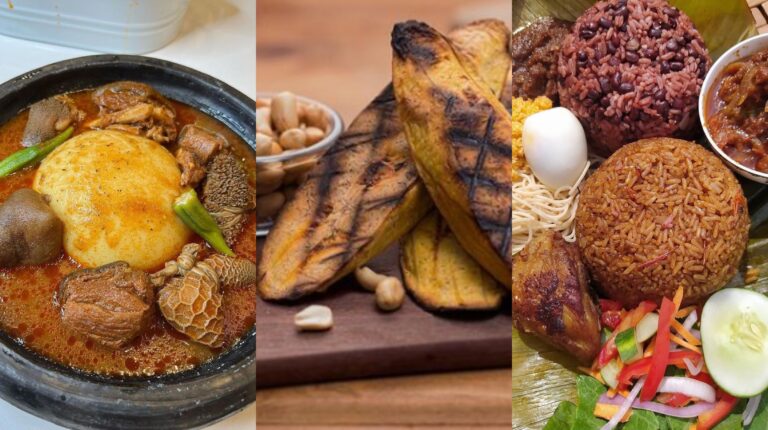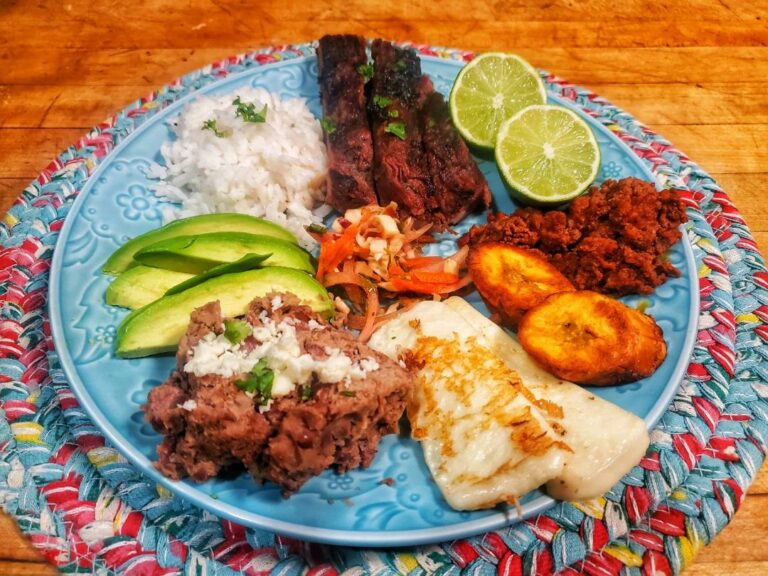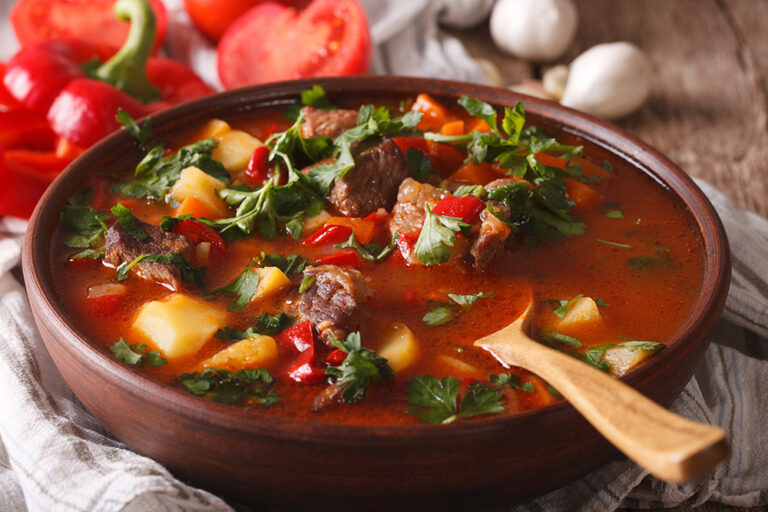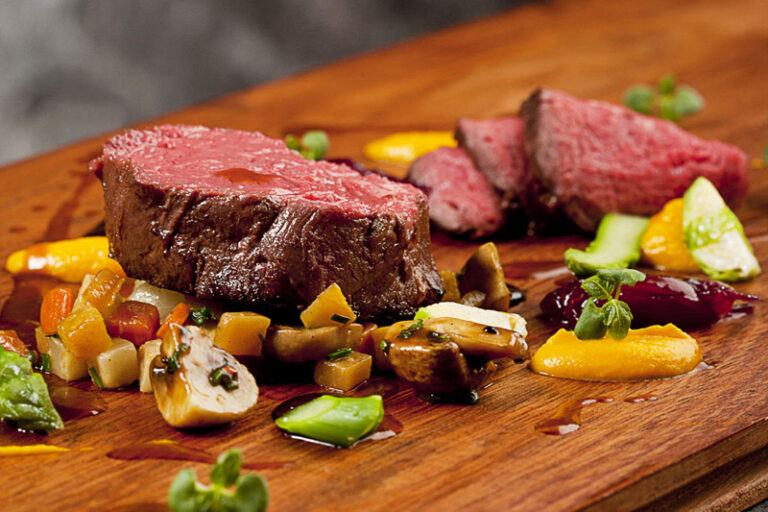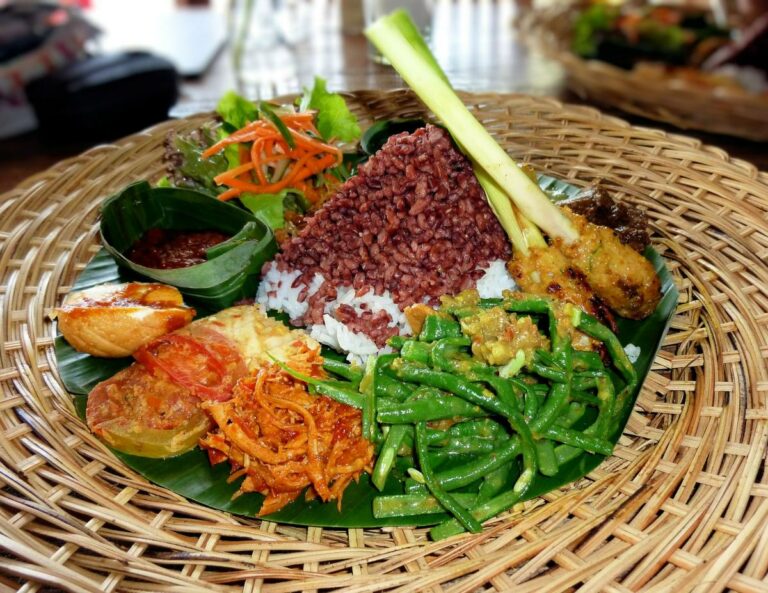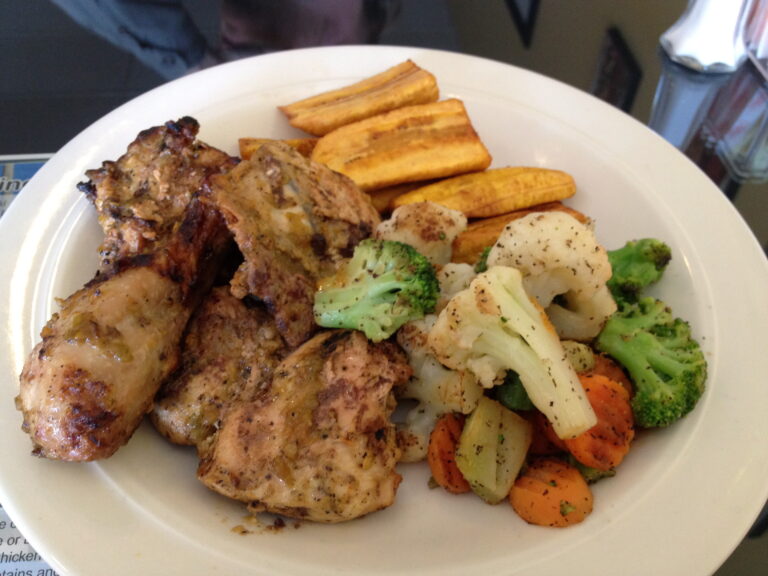Introduction to Guyanese Cuisine
Guyanese cuisine is a melting pot of flavors and cultures. Located on the northern coast of South America, the country’s cuisine is heavily influenced by its diverse population, which includes indigenous peoples, Africans, Indians, Europeans, and Chinese. Guyanese cuisine is known for its bold and flavorful dishes, which often feature a combination of sweet, sour, and spicy flavors.
Influences on Guyanese Cuisine
Guyanese cuisine has been shaped by the country’s history and geography. The indigenous peoples of Guyana, such as the Arawak and Carib, relied heavily on cassava, yams, fish, and game meat in their diets. With the arrival of Africans during the transatlantic slave trade, new ingredients such as okra, callaloo, and plantains were introduced. Indian indentured laborers also brought with them a variety of spices and techniques, which heavily influenced the country’s cuisine. European settlers, such as the Dutch and British, introduced new crops like sugar and tea, and Chinese immigrants brought their own unique flavors and ingredients.
Staple Ingredients in Guyanese Dishes
Some of the key ingredients in Guyanese cuisine include rice, cassava, plantains, coconut milk, hot peppers, and a variety of spices such as cumin, coriander, and turmeric. Meat, such as chicken, beef, and fish, is also commonly used in dishes. Vegetables like okra, eggplant, and callaloo are popular as well. Roti, a type of flatbread, is a staple in Guyanese cuisine and is often used to scoop up curries and stews.
Popular Guyanese Dishes
One of the most popular dishes in Guyanese cuisine is cook-up rice, a flavorful one-pot rice dish that often includes meat and beans. Another popular dish is pepperpot, a spicy stew made with cassareep (a sauce made from cassava) and meat such as beef, pork, or chicken. Roti and curry dishes are also favorites, with options ranging from chicken curry to shrimp curry. Guyana is also known for its desserts, including sweet treats like toolum (a coconut fudge) and pine tarts (a pineapple-filled pastry).
Comparison to Other Caribbean Cuisines
While Guyanese cuisine shares some similarities with other Caribbean cuisines, it also has its own unique flavors and traditions. Some of the key differences include the heavy influence of Indian spices and techniques, the use of cassareep in dishes like pepperpot, and the popularity of dishes like cook-up rice. Additionally, the country’s indigenous and Chinese influences add a distinct flavor profile to the cuisine.
Conclusion: Unique Flavors and Traditions
Guyanese cuisine is a reflection of the country’s diverse population and rich history. Influenced by indigenous, African, Indian, European, and Chinese cultures, Guyanese dishes are known for their bold and flavorful combinations of sweet, sour, and spicy flavors. With staple ingredients like rice, cassava, and a variety of spices, Guyanese cuisine offers a unique culinary experience that cannot be found anywhere else in the Caribbean.

